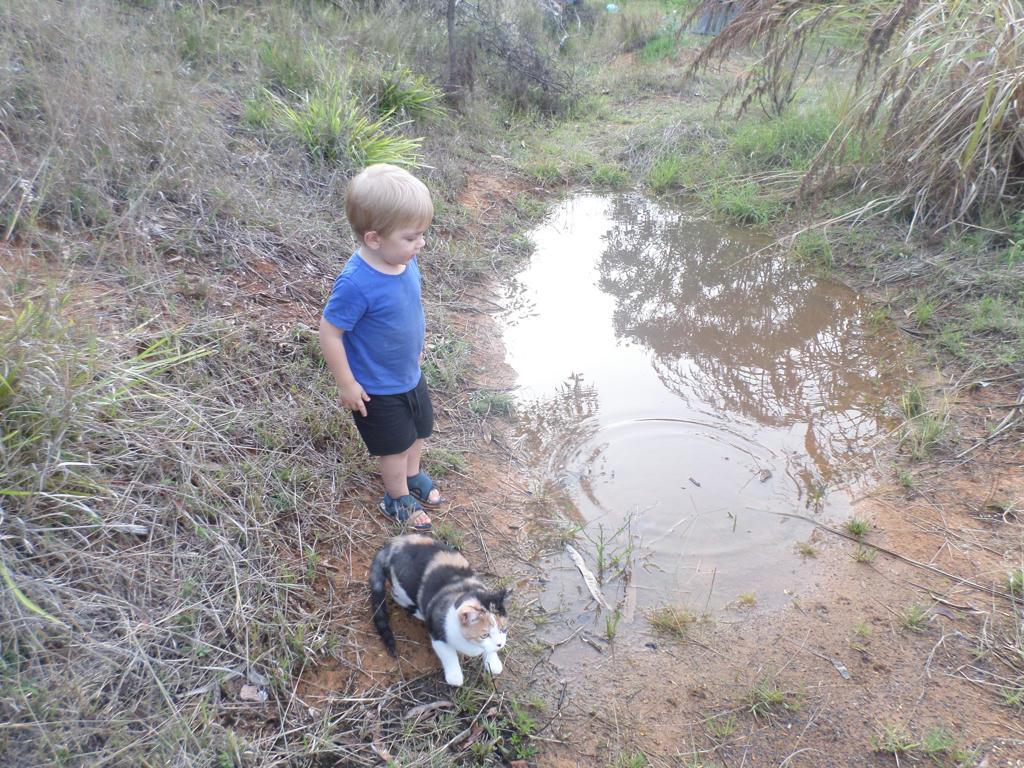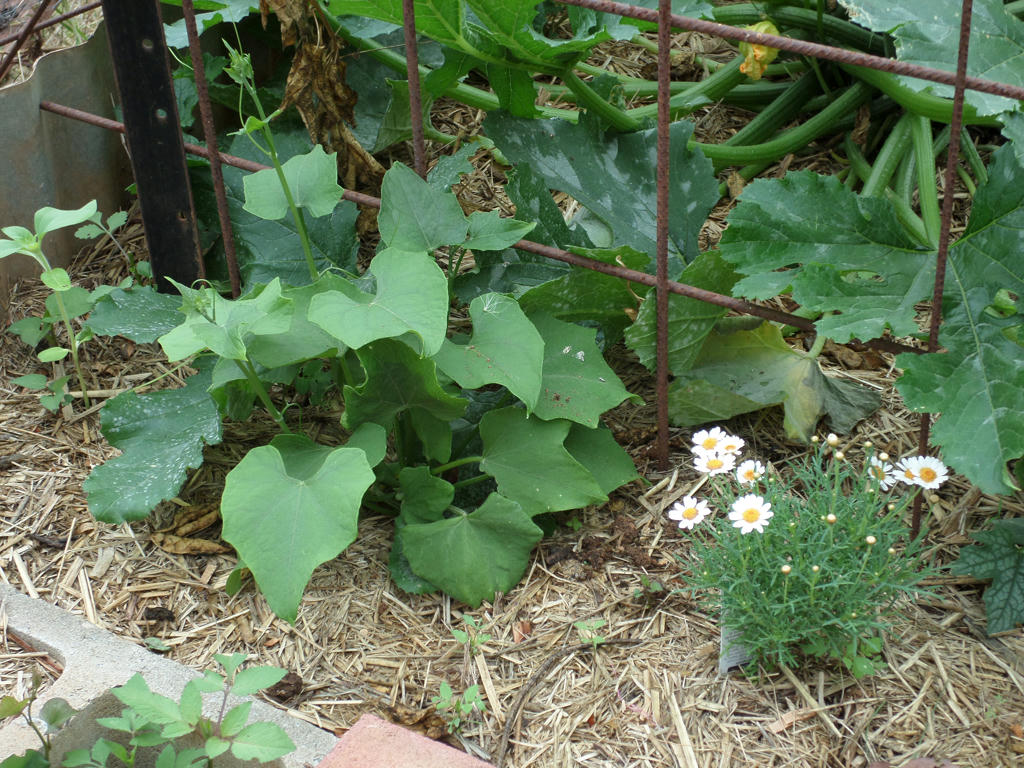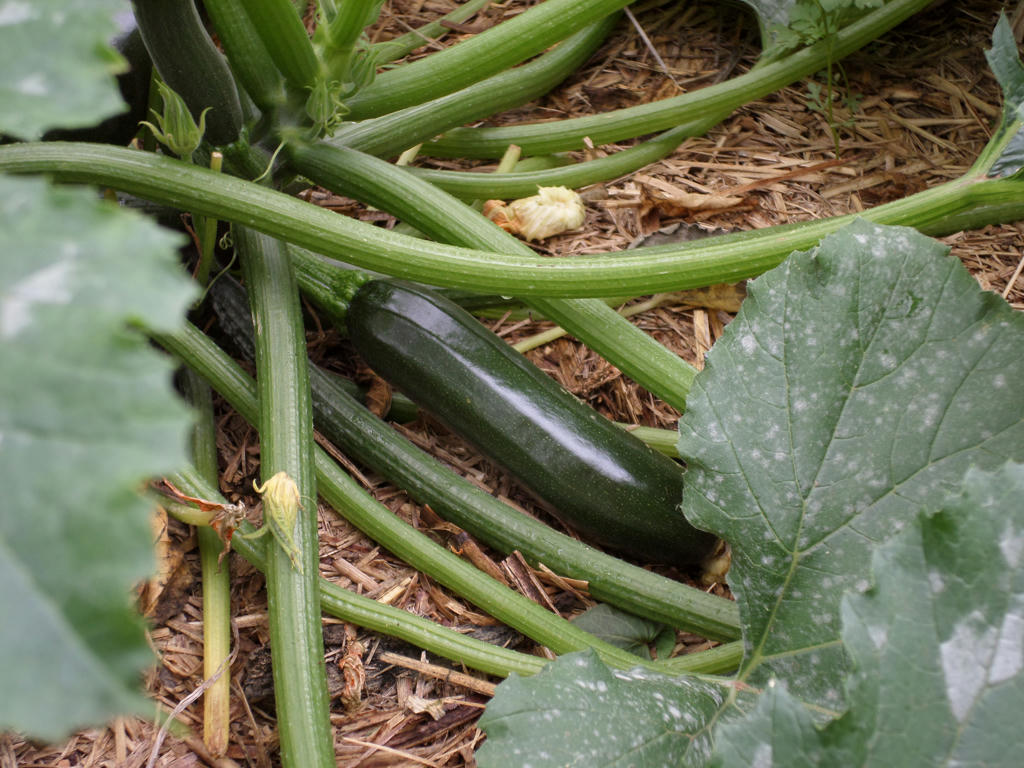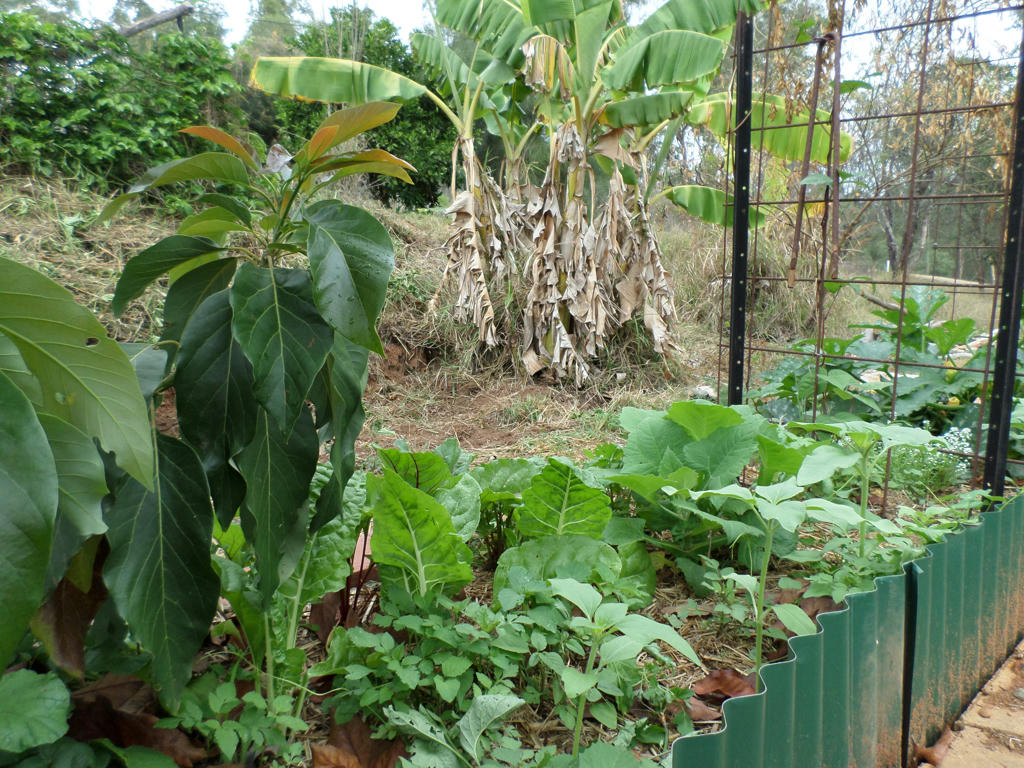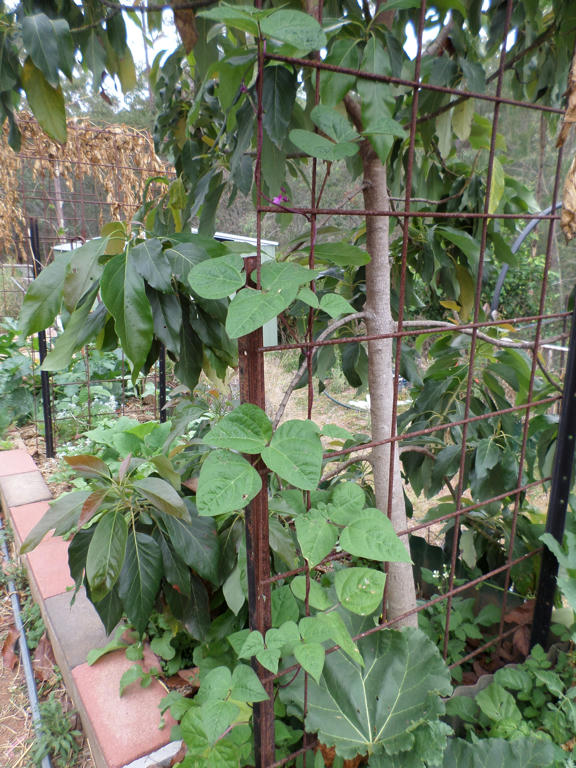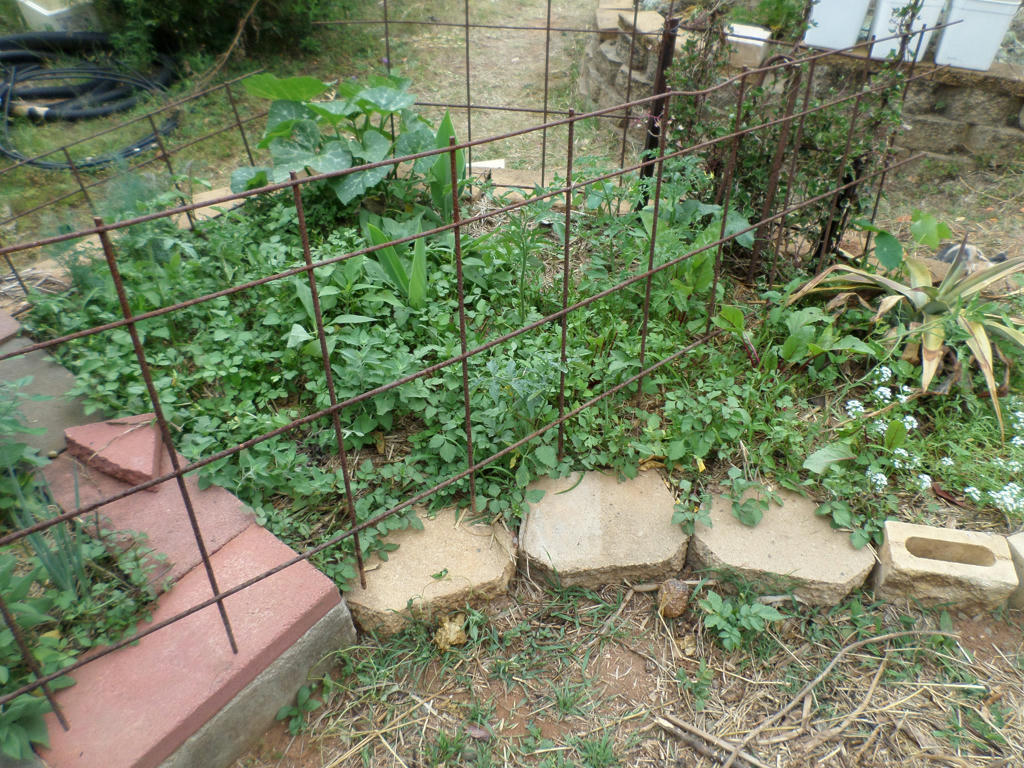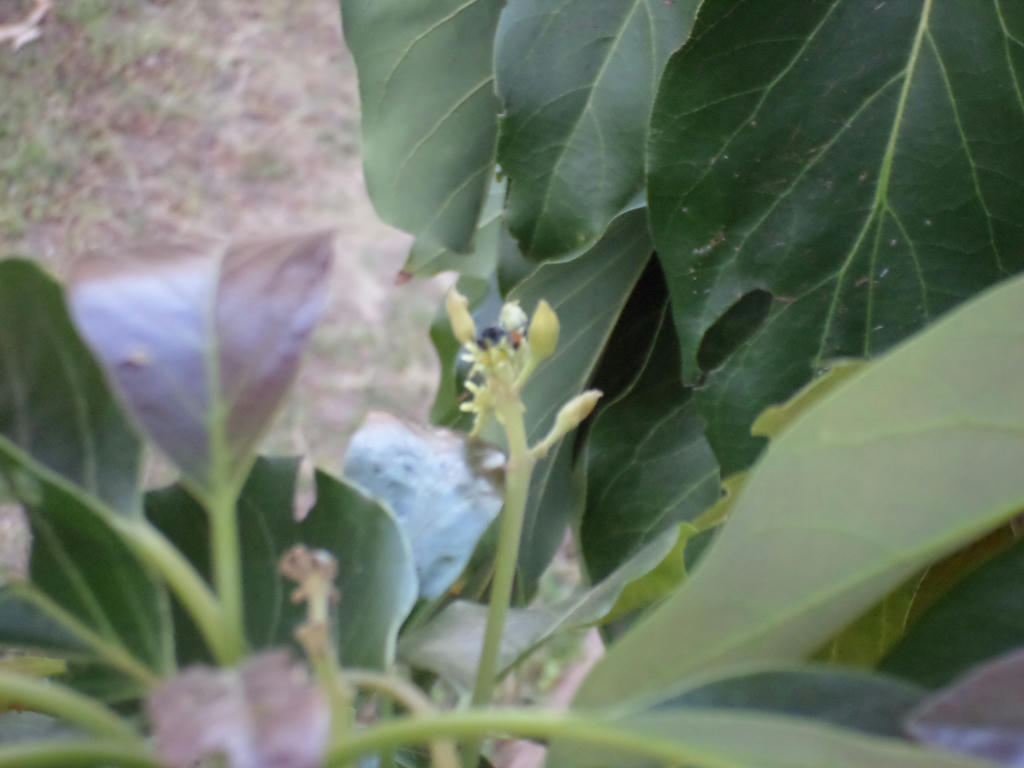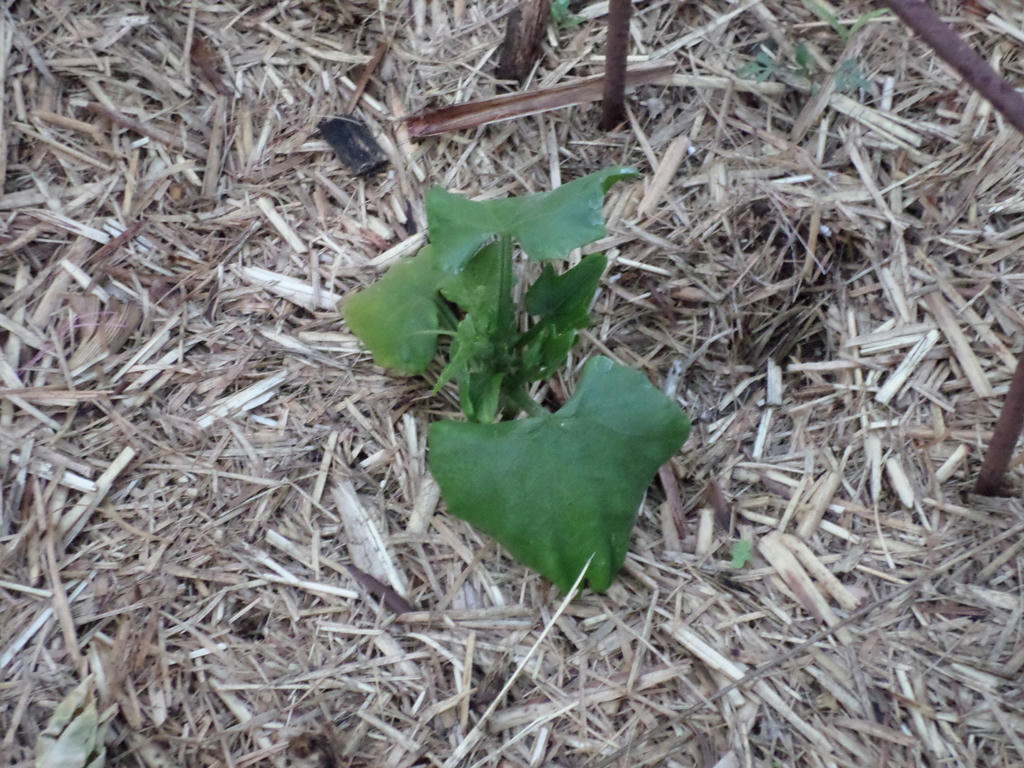The sun. Everything revolves around it. Literally. Everything. It dictates the moves of our planet, and every planet in our solar system. With something as monumental as the sun though, how can it possibly be curtailed?
Enter the intriguing world of plants. These are some of the longest living organisms we've come to understand in our planet's evolution. They dictate the lives of the herbivores, and in so doing, dictate the lives of the carnivores who eat them. As powerful and influential as the sun is, plants, with their many functions and species, can match it!
Here is how I know.
Avocado tree between beds 2 and 3
Early September
Do you remember my recent
vegetable garden overhaul? In just the first month of spring, something has already revealed itself, between the four beds I set up.
Do you also remember the avocado tree I was debating whether to keep or not? Well, its central (like the sun) to what's influencing all the beds right now.
Bed 4 - early October
I'm going to start with bed 4, because this is the furthest away from the avocado tree. It also receives the full western sun of the afternoon. Very hot and earth parching. This bed, like all the rest, lives off one, 9 litre watering can (each) per day. Which only gets delivered in the afternoon. So for the whole day, they have to go without a drink.
Bed 4 is the driest, because it has no shade and completely exposed to the elements. The zucchini's are plugging along, because they're a hardy vegetable. But I have silverbeet, beetroot and some herbs and flowers, which have hardly grown much in the same bed. Note the size, because you'll see they change in each bed, even though they were all planted at the same time.
Choko
My plan to help this particular bed along, is to grow a choko vine, up and over a narrow trellis. This choko has put on some impressive growth - but that's a choko for you. Extremely hardy vine. It will hopefully provide some shade during the hottest months of summer, but it will be growing most of spring to get there. So this bed bakes, in the hot sun, all day until then. And it reflects in how the plants are growing.
Bed 3 - early October
Next along the line, is bed 3. This also has beetroot, silverbeet and some of the same herbs and flowers. Can you recognise them now they're bigger? Only its next to the avocado tree. It doesn't receive a lot of morning sun thanks to the tree, so this bed isn't cooking all day with sun exposure. Which is why I suspect the plants are growing bigger.
What is more surprising however, is what's growing directly underneath the avocado tree.
Under the canopy - bed 3
I have radishes, beans, strawberries, pansies and warrigal greens. I really thought whatever I planted under this tree would be starved of moisture and nutrients. But instead, it has helped create shade from the relentless sun. It's actually preserving the moisture in the ground for longer.
While this bed is spared the morning sun, it does cop some afternoon sun, so this is why the exposed part of the bed is slower growing, than the plants directly under the tree. But it doesn't stop there. It gets even better!
Bed 2 - early October
This is bed 2, and the most remarkable by far. It demonstrates the power of trees, in relation to exposed sites. This bed, is not only bursting with growth, but also the most heavily planted of all the beds.
It has rubarb, ceylon spinach, nasturtium, spaghetti squash, silverbeet, allysum, pot marigold, pineapple sage, peas, beans, basil, cucumber, spring onion, radish and parsley. And possibly some amaranth. It's hard to tell if its germinated, because of all the weeds I've let grow.
That's one of the other differences between this bed and the rest. Because it was the first bed to be constructed, it didn't get mulched straight away. So Cobblers pegs (a weed) and tomatoes came up and I didn't bother to pull them out. Apart from the fact, I didn't want to waste time pulling weeds, I knew the value they added in shading the soil and becoming a great feed resource for my chickens.
Closer view of bed 2
I've been pulling off the heads of the weeds, so they don't go to seed, and feeding them to our chickens. They're lovely, moist and cool - plus always in plentiful supply! When I pluck off the tops, I feel the coolness of the ground underneath all that growth. This bed gets quite a bit of dappled shade from the afternoon sun, because of the avocado tree.
This is the sweet spot for growing things, and its all relative to the sun, and the plants which have evolved to protect the soil.
Spaghetti Squash
I also get a stack of bird droppings in this bed too, firstly, because the tree makes them feel protected, but secondly, they also have the trellis above, to perch from. So I'm gaining natural fertiliser, which I've only planted an avocado tree to receive. No lugging bags of manure or turning compost. Just plant a tree and the fertility comes to me.
Any critter who wants to get out of the sun, have a feed and feel safe from predators, is going to radiate towards a tree. And I don't mind if they fertilise my veggies, as they go.
Bed 1 - early October
Now bed 1 is interesting, because it did receive some protection from the avocado tree, initially. This really helped keep the moisture in the ground. But then the sun moved higher in the sky (as it does) so it now receives all day sun too. It supports quite a lot of plants and while they're growing a little slower now, they do have the advantage of the weeds.
It's been interesting to watch, because as it received longer hours of sun, the weeds grew bigger. What would normally become a gardeners nightmare of watching the weeds dwarf the edibles, I've noticed its actually helping to shade the plants which are struggling to grow now. If I pulled the weeds, I'd lose the cooling effect on the soil and my edibles would quickly wither. I have bed 4 to demonstrate, how terribly plants can grow in all day sun exposure.
Nasturtiums, surrounded by Cobblers pegs (or Farmer's Friends)
Also shaded by avocado tree
I can't afford to be picky about weeds in my vegetable bed. After all, the weeds want to grow, and I need something to protect my struggling edibles in all day sun. If I pull the weeds, I loose all the qualities they're adding to this mostly exposed site. Plus, I'd have to purchase more mulch to create extra insulation for the soil. Everything points towards respecting the natural equilibrium, plants have evolved with, to protect each other from the sun.
Managing the weeds so they don't go to seed, seems a more productive use of my time. I'm sure the chickens would riot, if I attempted not to manage the weeds, into their diet, as I presently do. I'd also have to grow more edibles to feed them, which I'm presently struggling to do away from the avocado tree.
Our volunteer avocado tree, which sprung up from the compost
we spread on the vegetable bed, many years ago
I'm thoroughly convinced the right trees, don't always suck the moisture away from plants which grow underneath - they help to preserve moisture instead. But also weeds actually make exceptional companion plants to the ones you want to grow. Perhaps not some members of the allium family, so much (I'm thinking fussy garlic and onions) but I'm not growing them in these beds.
As summer approaches, the importance of shading the soil will only increase more. It will be interesting to watch how the seasons affect these four, very different beds - all relative to that one avocado tree. Kind of like how our planet, is relative to the sun.






